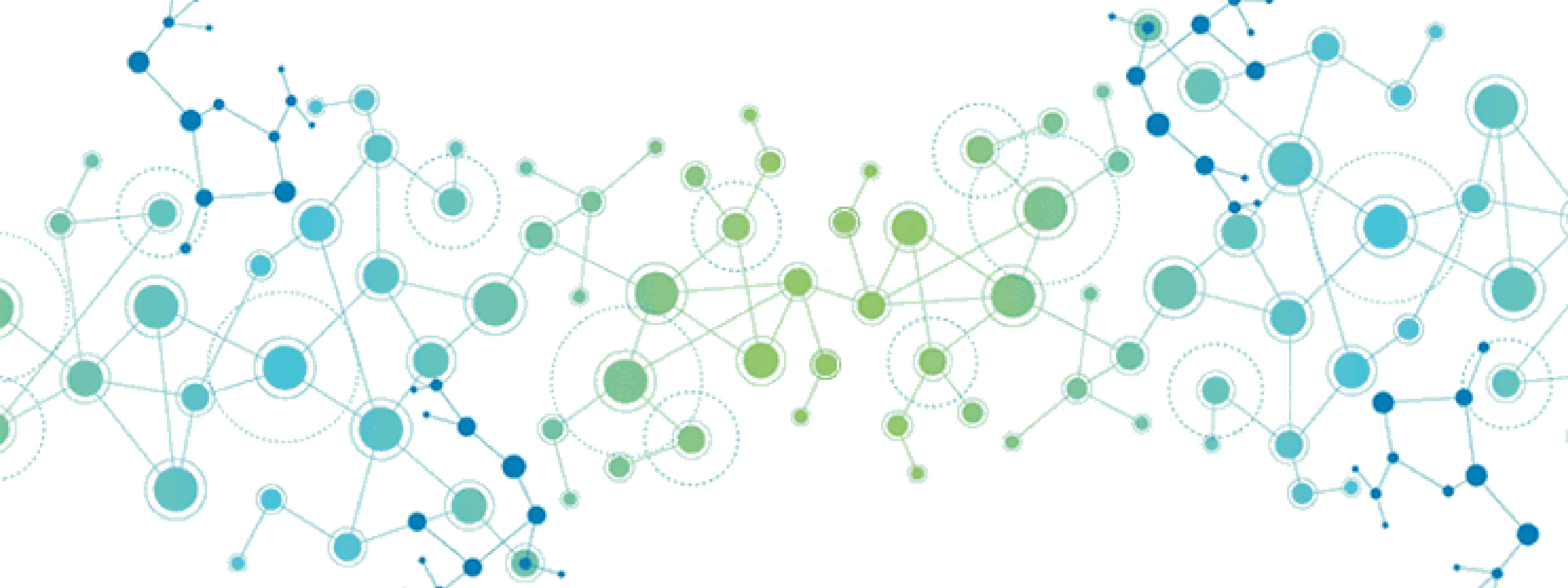The BIGG project has completed its second year with significant progress on the Standard Data Model for Buildings, which aligns and harmonises various data sources. The data model also ensures consistent input for the Analytics Toolbox.
The objectives achieved thus far are:
- Analysis of datasets, various formats, and ontologies to be incorporated into the BIGG solution.
- Development of the BIGG Standard Data Model for Buildings.
- Creation of data transformations and mappings to external data sources and ontologies, and linking the BIGG data model to the use cases tested in the pilots.
- Contribution to the development of European standards and ontologies.
The BIGG project conducted a comprehensive analysis of the data requirements of its use cases. In parallel, it analyzed the most relevant ontologies for building data, selecting appropriate structures, classes, and attributes to be reused in the BIGG data model.
Subsequently, the initial BIGG Standard Data Model for Buildings was developed, including UML diagrams, definitions of classes, attributes, and enumerations (taxonomies), which cover the necessary input data for BIGG’s use cases. Parts of existing ontologies, such as SAREF, SAREF4BLDG, ifcOWL, and BIMERR, were incorporated into the model to maximize semantic interoperability. Preliminary mapping to BEDES was also done.
The available datasets supporting the use cases are currently being mapped to the BIGG data model.
The final step in the development of the BIGG project’s data harmonization layer is to test the model’s effectiveness in real-world scenarios. To achieve this, the pilot projects will be executed, and the data collected will be mapped to the BIGG data model. The results of these pilots will be analyzed to evaluate the effectiveness of the data model, and any necessary improvements will be made. Additionally, the data model will be continually updated to incorporate new data sources and ontologies, ensuring its relevance and usefulness as the project progresses.




